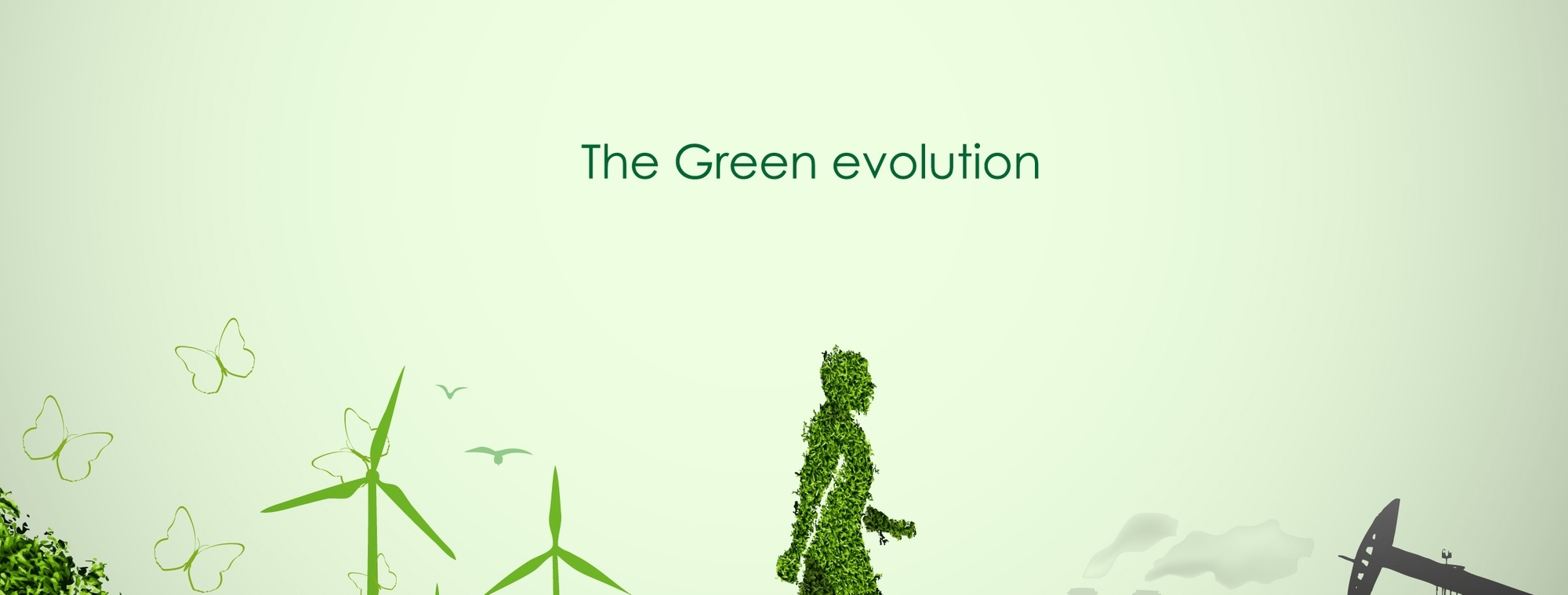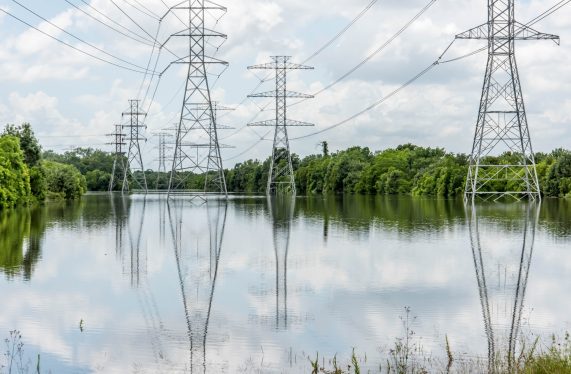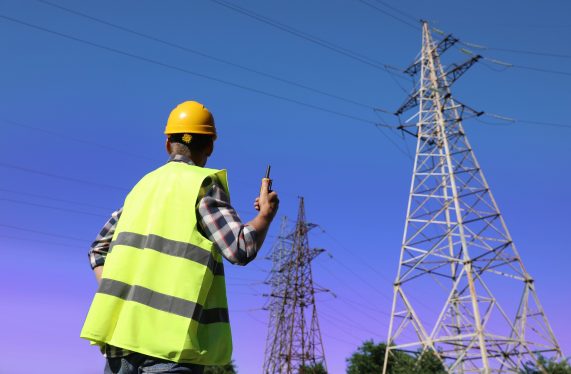In 1987, the United Nations Brundtland Commission defined sustainability as “meeting the needs of the present without compromising the ability of future generations to meet their own needs.”
Today, the 193 United Nations Member States are seeking ways of meeting their development needs, but with the increasing threat of climate change, concrete efforts must be made to ensure development today does not negatively affect future generations.
The 2030 Agenda for Sustainable Development, which was embraced by the United Nations in 2015, offers a collective framework for peace and prosperity for both people and the planet, both now and in the future.
The core of the 2030 Agenda comprises 17 Sustainable Development Goals (SDGs) that serve as a universal call to action to mitigate global social, environmental and financial issues by 2030.
But how do these goals impact us, and what role do individuals and businesses play in achieving them?
In this article, we’ll explore the SDGs, why they matter, and how we all can contribute to achieving them.
What Are the Sustainable Development Goals?
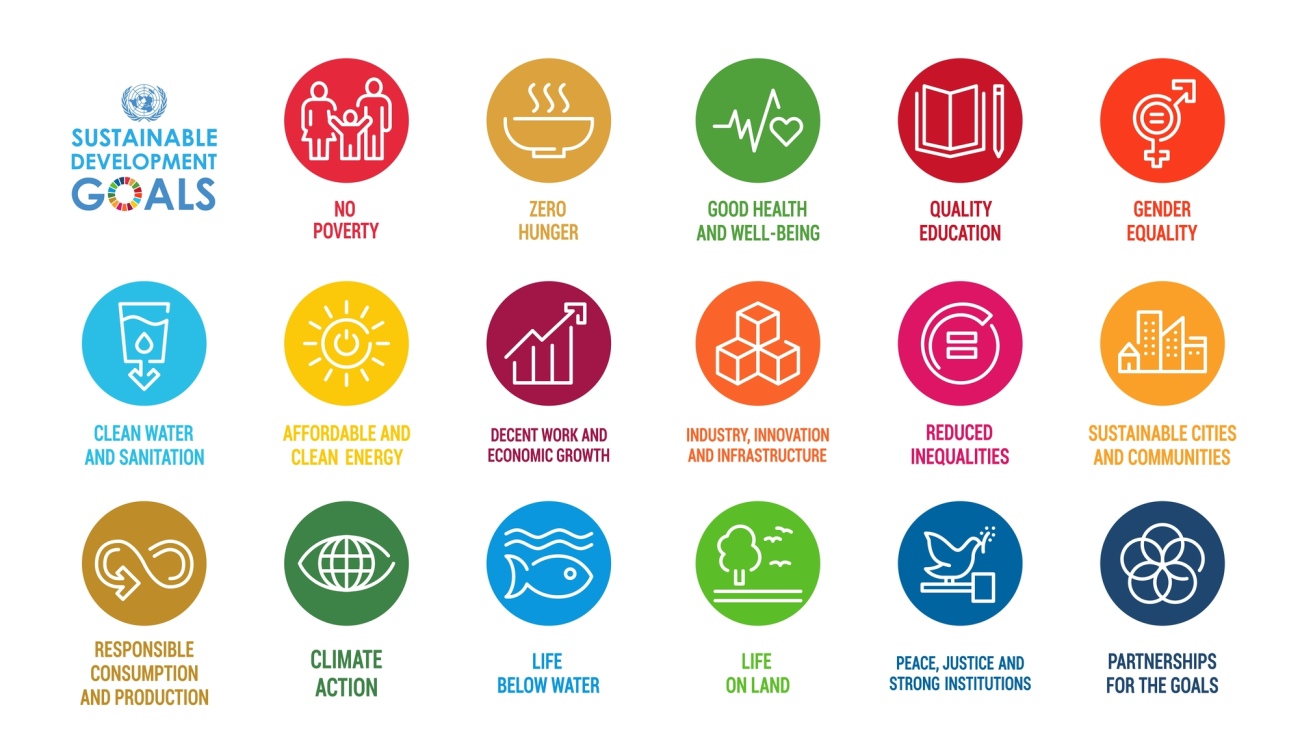
The SDGs are a collection of 17 interconnected goals adopted by the United Nations to address the most pressing global challenges.
The 17 Sustainability Development Goals are the following:
- No Poverty: End poverty in all its forms everywhere.
- Zero Hunger: End hunger, achieve food security and improved nutrition and promote sustainable agriculture.
- Good Health and Well-Being: Ensure healthy lives and promote well-being for all at all ages.
- Quality Education: Ensure inclusive and equitable quality education and promote lifelong learning opportunities for all.
- Gender Equality: Achieve gender equality and empower all women and girls.
- Clean Water and Sanitation: Ensure availability and sustainable management of water and sanitation for all.
- Affordable and Clean Energy: Ensure access to affordable, reliable, sustainable and modern energy for all.
- Decent Work and Economic Growth: Promote sustained, inclusive and sustainable economic growth, full and productive employment and decent work for all.
- Industry, Innovation, and Infrastructure: Build resilient infrastructure, promote inclusive and sustainable industrialization and foster innovation.
- Reduced Inequalities: Reduce inequality within and among countries.
- Sustainable Cities and Communities: Make cities and human settlements inclusive, safe, resilient and sustainable.
- Responsible Consumption and Production: Ensure sustainable consumption and production patterns.
- Climate Action: Take urgent action to combat climate change and its impacts.
- Life Below Water: Conserve and sustainably use the oceans, seas and marine resources for sustainable development.
- Life on Land: Protect, restore and promote sustainable use of terrestrial ecosystems, sustainably manage forests, combat desertification, and halt and reverse land degradation and halt biodiversity loss.
- Peace, Justice, and Strong Institutions: Promote peaceful and inclusive societies for sustainable development, provide access to justice for all and build effective, accountable and inclusive institutions at all levels.
- Partnerships for the Goals: Strengthen the means of implementation and revitalize the Global Partnership for Sustainable Development.
Each goal includes specific targets and indicators to measure progress.
The following bar chart indicates the progress assessment for the 17 Goals based on assessed targets in 2024, according to the SDG Progress Report (2024).
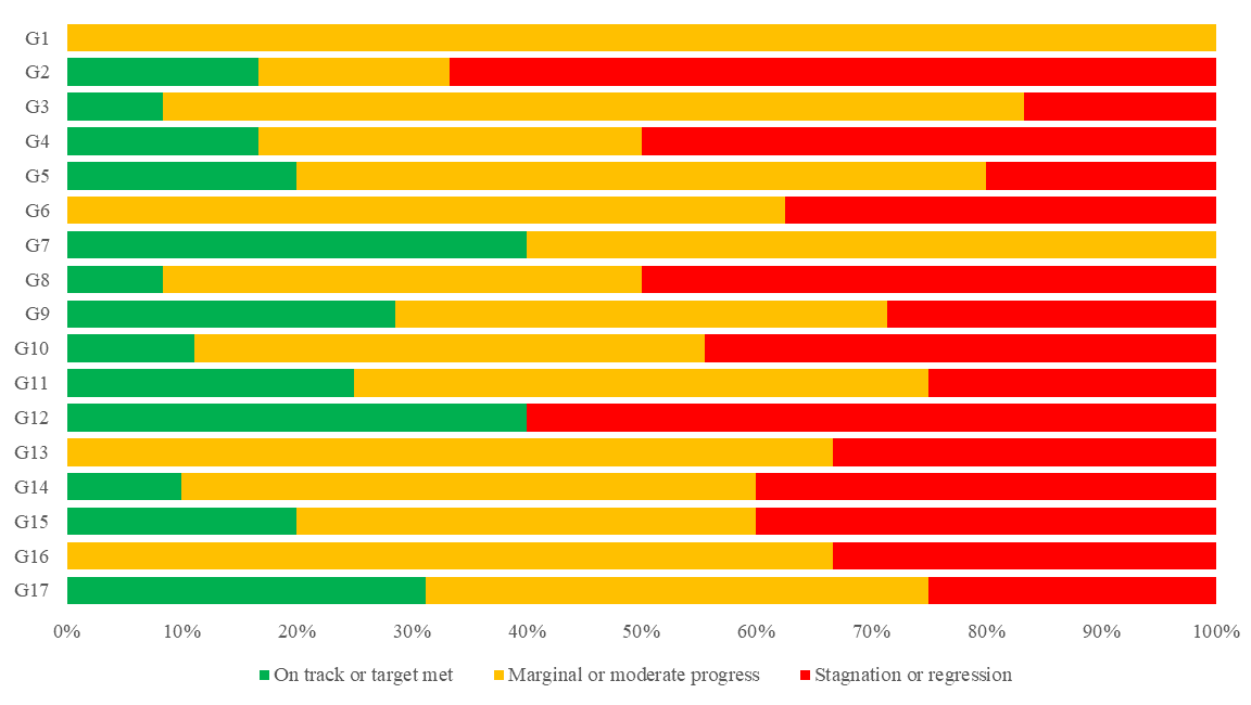
Why Are the SDGs Important?
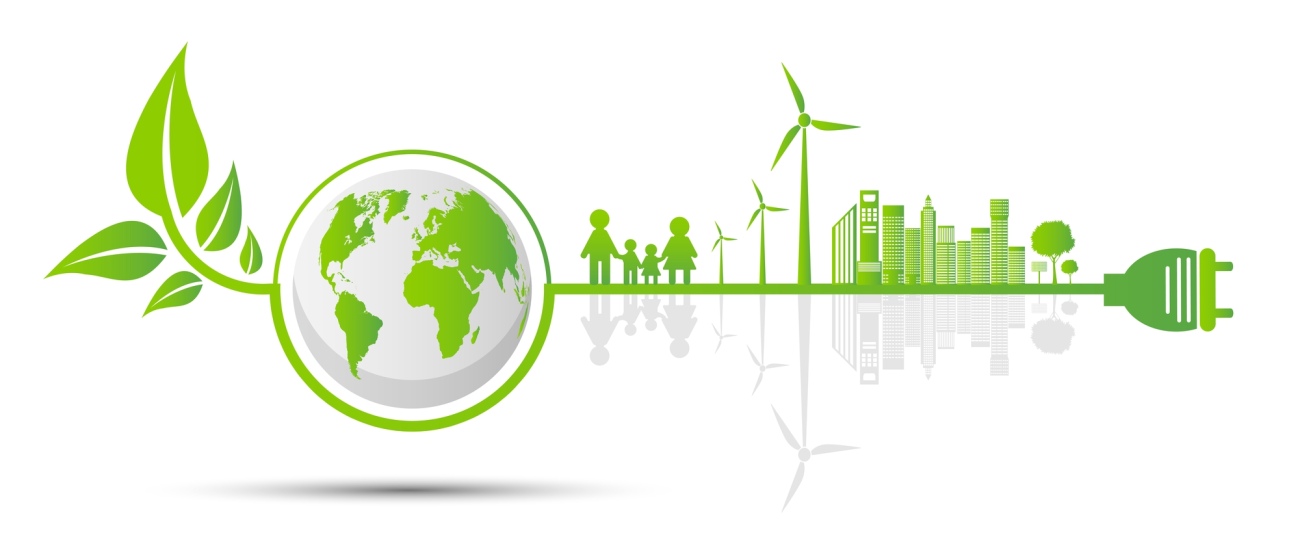
The SDGs address urgent global issues that impact everyone, from climate change and economic inequality to health crises and education gaps.
By tackling these challenges, the SDGs aim to ensure a sustainable future for next generations.
The importance of making steps to realize the SDGs is depicted in the following points.
1. Global Challenges Require Global Solutions
The interconnected nature of today’s world means that challenges like climate change, pandemics, energy transition and economic instability affect everyone, regardless of nationality or socioeconomic status.
The SDGs provide a universal framework that unites nations, organizations, and individuals to tackle these problems collectively.
For example, climate change impacts global food security, leading to hunger in some regions and economic losses in others.
SDG 13 (Climate Action) promotes global initiatives such as the Paris Agreement, fostering international cooperation to combat these effects.
Collaboration across countries ensures shared resources, knowledge transfer, and the development of innovative solutions that can be scaled globally.
2. Economic and Social Benefits
The SDGs create opportunities for growth, innovation, and justice.
Addressing SDGs fosters investment in green technologies, infrastructure, and social services, driving economic growth.
For instance, SDG 9 (Industry, Innovation, and Infrastructure) encourages advancements in clean technology and sustainable industries, creating jobs and boosting local economies.
SDG 8 (Decent Work and Economic Growth) ensures fair labor practices and promotes economic productivity.
Simultaneously, the SDGs aim to bridge gaps in inequality (SDG 10), ensure quality education (SDG 4), and promote gender equality (SDG 5).
These actions lead to more inclusive societies where everyone has the opportunity to thrive.
Moreover, by addressing issues such as poverty (SDG 1) and hunger (SDG 2), SDGs ensure societal fairness, fulfilling a moral obligation to care for humanity.
3. Environmental Sustainability
The SDGs emphasize the urgent need to protect the planet while balancing the demands of economic growth and human well-being.
SDG 15 (Life on Land) and SDG 14 (Life Below Water) focus on preserving biodiversity, which is critical for ecological balance and long-term survival of the ecosystems.
Moreover, encouraging sustainable production and consumption (SDG 12) reduces waste, conserves resources and mitigates environmental degradation.
Furthermore, renewable energy initiatives (SDG 7) and commitments to reduce carbon footprints are vital for maintaining global temperature rise below critical thresholds.
4. Building Resilient Communities
The SDGs aim to strengthen the resilience of communities to withstand crises, such as natural disasters and economic or energy shocks.
SDG 11 (Sustainable Cities and Communities) promotes urban planning that prepares for future challenges, ensuring cities are inclusive, safe, and sustainable for citizens’ harmonic co-existence and well-being.
5. A Blueprint for Action
The SDGs provide clear targets and measurable outcomes, enabling governments, businesses, and individuals to align their efforts.
This structured approach ensures accountability and progress, fostering a sense of shared purpose.
How Businesses Can Contribute to the SDGs
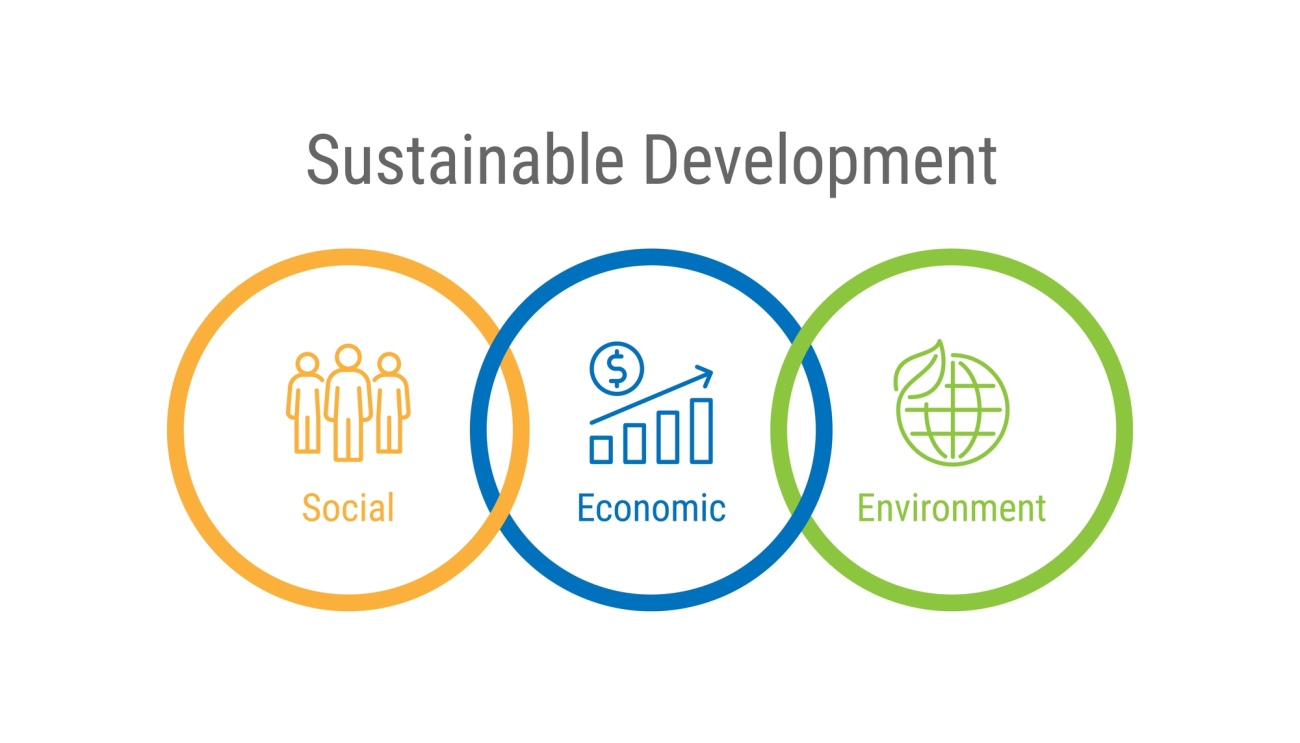
Businesses play a crucial role in achieving the SDGs, by adopting corporate social responsibility.
Corporate social responsibility revolves around a strategy aimed at balancing social, environmental, and economic factors.
These three dimensions form the foundation of the 3 Ps: People, Planet, and Profit, which constitute the three main pillars of the SDGs.
The concept of the so-called Triple Bottom Line represents a scenario where an organization achieves a balance among economic viability, environmental friendliness, and social responsibility.
Incorporating all three dimensions into business operations ensures that management focuses not only on financial performance, but also on the organization's impact on society and the environment.
1. People
This aspect represents a commitment to the well-being of society as a whole, including individuals both within and beyond the organization.
A sustainable organization fosters a healthy environment through strong labor relations, a focus on employee development, and equitable distribution of responsibilities.
This commitment extends not only to its own workforce but also to respecting the rights of partners throughout the supply chain.
2. Planet
A forward-thinking, sustainable organization actively works to preserve a healthy natural environment and tackle ecological issues.
This commitment is evident in practices such as implementing waste recycling programs, prioritizing regional suppliers over international ones, and adopting environmentally friendly transportation methods.
3. Profit
For an organization to remain sustainable and thrive, maintaining a strong financial position is essential.
Profitability serves as the backbone of the business, providing the necessary resources to support its operations and growth.
Adding economic value is not just an objective but a critical prerequisite for enabling investments in the other two dimensions—social and environmental responsibility.
Our Commitment to the SDGs
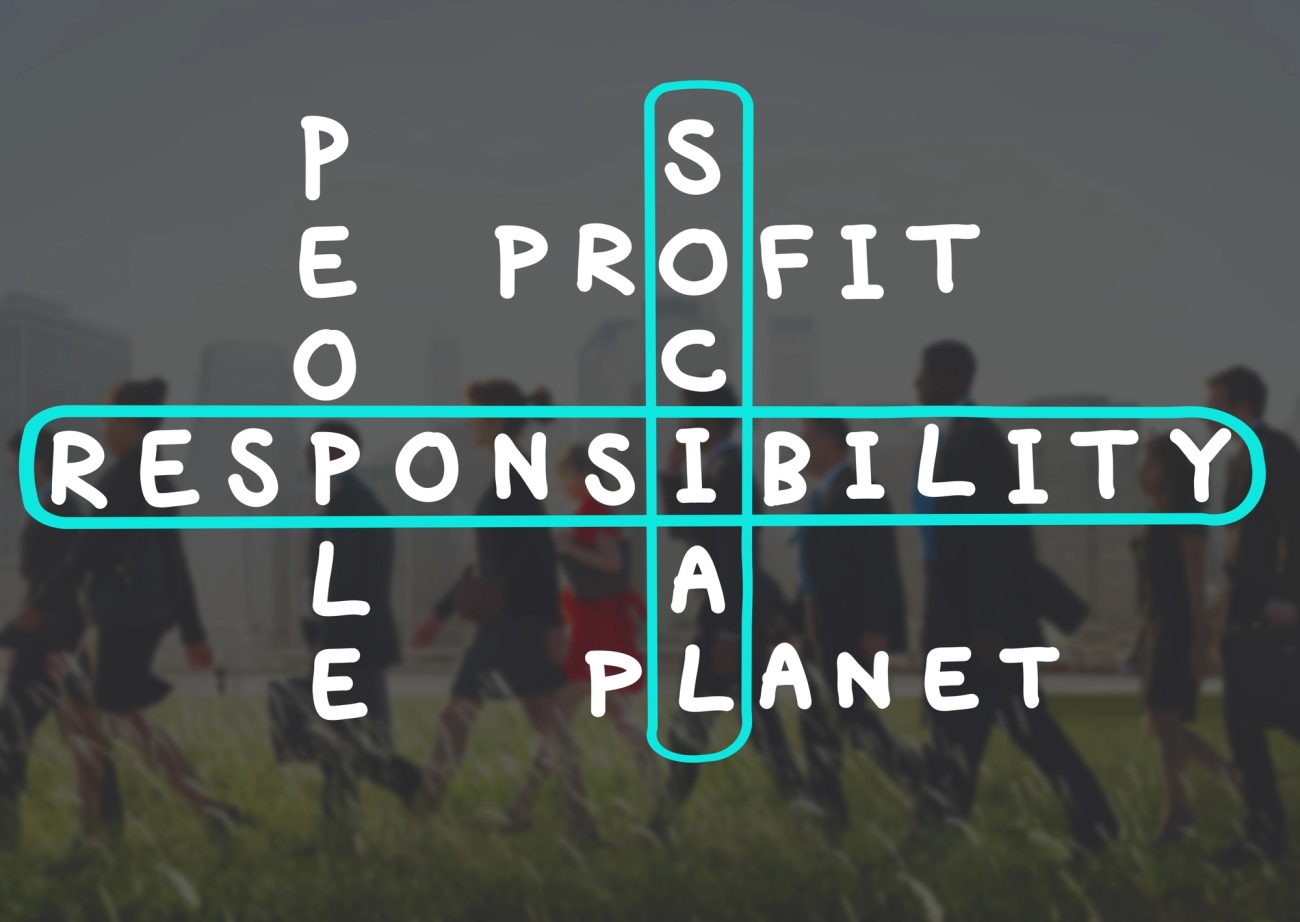
At SynEnergy Advisors, our commitment to sustainable development is depicted in our values and demonstrated through our alignment with the 3 Ps concept and more specifically with the following Sustainable Development Goals (SDGs).
SDG 3 - Good Health and Well-being
We recognize the importance of health and safety in all our operations and we ensure that our projects adhere to stringent health and safety standards, protecting both our employees and the communities we serve.
At the same time, we participate in blood donation drives, encouraging volunteer activities and promoting equal access to health care for those in need.
SDG 4 - Quality Education
We invest in the continuous education and training of our team members, fostering a culture of lifelong learning.
By staying abreast of the latest advancements in energy technologies and sustainable practices, we ensure that our solutions are both innovative and effective.
SDG 5 - Gender Equality
SynEnergy Advisors is committed to promoting gender equality within our workforce.
We provide equal opportunities for all employees, ensuring a diverse and inclusive workplace.
SDG 7 - Affordable and Clean Energy
Our core mission is to design sustainable energy pathways.
We collaborate with numerous companies to develop and implement energy projects that enhance the accessibility and efficiency of clean energy solutions.
SDG 8 - Decent Work and Economic Growth
By engaging in projects that drive economic development, we contribute to job creation and economic growth.
Our collaborations with various stakeholders ensure that our projects not only meet energy needs, but also support local economies.
SDG 9 - Industry, Innovation, and Infrastructure
We specialize in the design and interconnection of energy projects, contributing to the development of resilient infrastructure.
Our expertise in transmission lines and substations supports financial growth and innovation.
SDG 11 - Sustainable Cities and Communities
Our projects are designed according to sustainability aspects, ensuring that urban and rural communities have access to reliable and clean energy.
By supporting the development of sustainable energy infrastructure, we help build communities that are resilient and environmentally and human friendly.
SDG 13 - Climate Action
We are actively involved in projects that mitigate climate change by promoting renewable energy sources, minimizing environmental footprint and improving energy efficiency.
Our commitment to sustainable energy solutions and optimized designs directly contributes to global efforts in combating climate change.
Moreover, we actively support green mobility, making use of hybrid and electric vehicles.
SDG 15 - Life on Land
In our designs we focus on minimizing the environmental impact of new projects, trying to keep terrestrial ecosystems unaffected from human operations.
Our role in the stage of environmental impact assessments is to ensure that our projects do not adversely affect protected areas and life in them, avoiding obstacles throughout the environmental permitting process.
Through these initiatives, SynEnergy Advisors demonstrates a comprehensive commitment to advancing the SDGs and adoption of the 3 Ps concept, integrating sustainability into every facet of our operations.
Conclusion
The SDGs aren’t just a vision for a better world—they are a roadmap for securing a sustainable, equitable, and prosperous future.
By supporting these goals, we are investing in the well-being of both current and future generations.
At SynEnergy Advisors, we are proud to be part of this global effort.
Join us as we take steps toward a sustainable future, and let’s make the SDGs a reality—for people and the planet.
